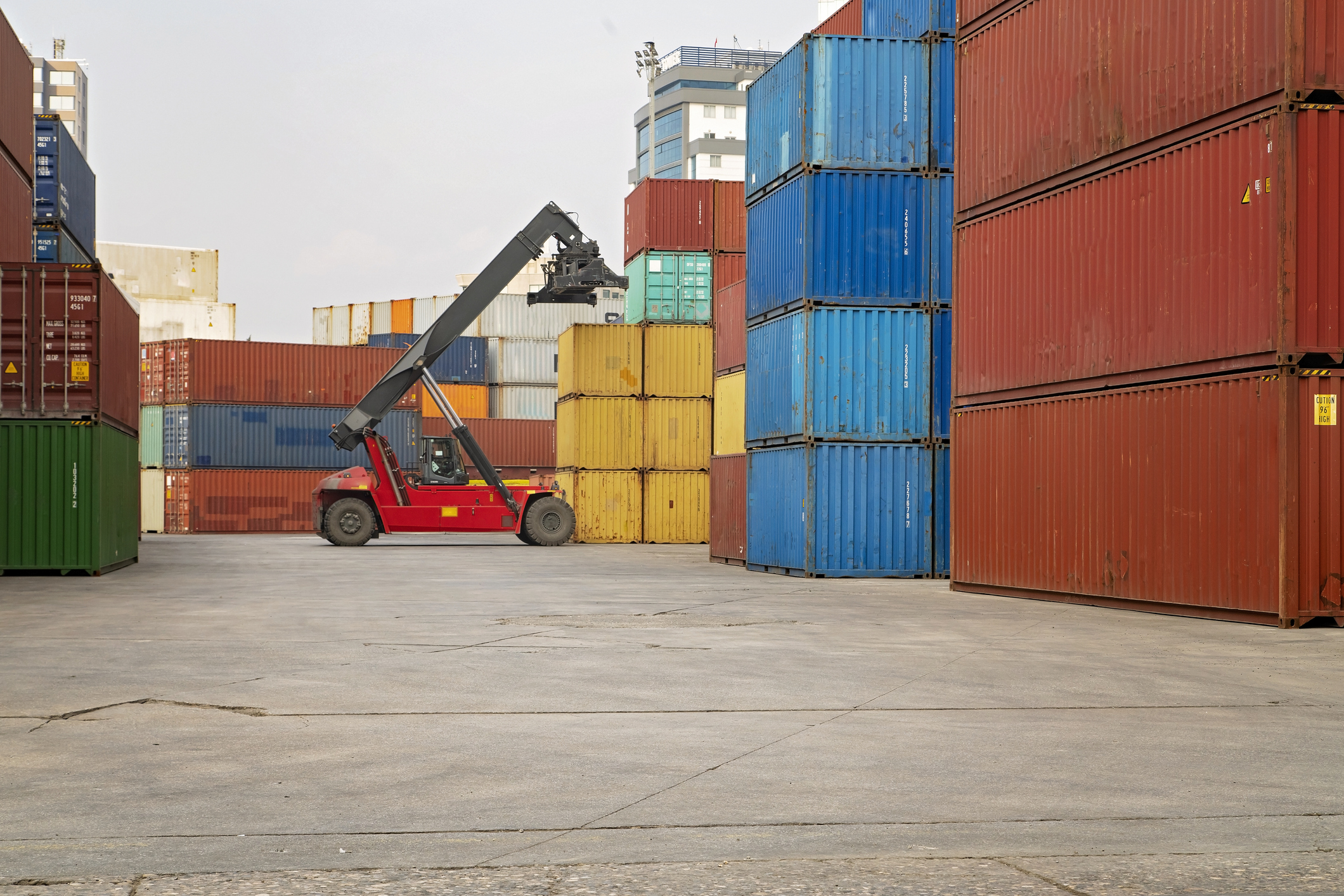If you’re a Canadian exporter navigating the ever-evolving landscape of container shipping in 2025, staying ahead of the curve is crucial. With shifting trade policies, technological advancements, and changing consumer demands, understanding the current trends can make all the difference. Let’s delve into the key container shipping trends that Canadian exporters should be watching this year.
Trade Policy Turbulence: Why Canadian Exporters Are Reworking Their Shipping Playbooks
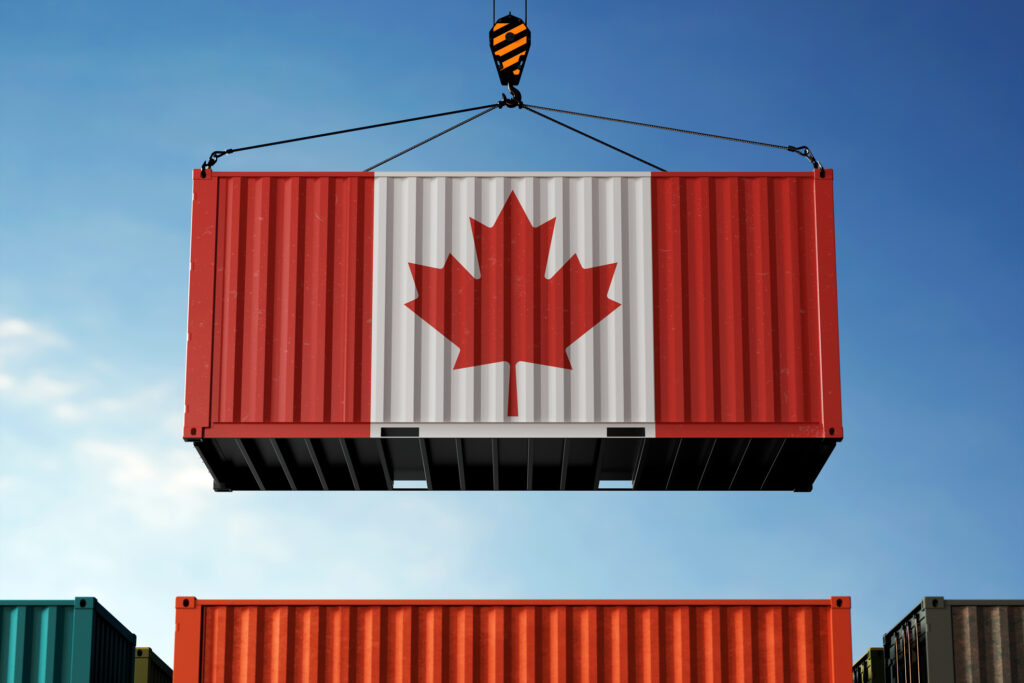
If you’re moving goods like steel, aluminum, or auto parts across the U.S. border, you already know 2025 hasn’t made life easier. With the U.S. tightening tariffs again, especially under recent “reciprocal trade” policies, a lot of exporters are scrambling—not just to dodge cost hikes, but to keep things moving without surprise delays or customs headaches.
Here’s a few strategies that have been working:
- Some exporters are pre-clearing loads and routing through smaller U.S. ports to avoid inspection bottlenecks that kill delivery timelines. It adds a step but removes uncertainty.
- Others are holding product in Canadian inland terminals (like Edmonton or Winnipeg) and releasing shipments in smaller batches. This lets them stay agile if U.S. rules change mid-quarter.
- In sectors like agriculture and plastics, companies are leaning hard into transloading and container flexibility—for instance, switching between 20- and 40-foot containers depending on partner port congestion or downstream demand shifts.
These aren’t abstract ideas. WTC Group is helping clients rework their cross-border routes and build buffer capacity into their supply chains. Our clients are asking questions like:
“Can I split my freight to hit different ports with different tariff exposure?”
“Can we hold inventory closer to the U.S. line and stage for rapid dispatch?”
If you’re not having that conversation with your logistics provider, you’re probably leaving money—or control—on the table.
Smart Shipping Tech: From Firefighting to Flow
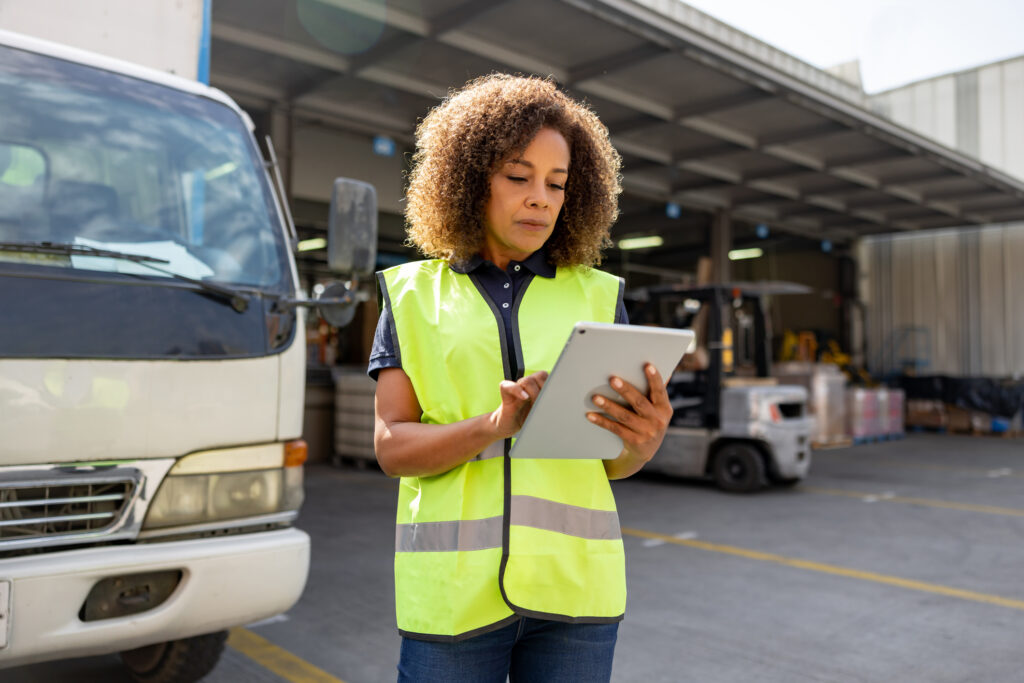
In the container shipping world, the old way of doing things—calls, spreadsheets, and tracking numbers buried in email chains—just doesn’t cut it anymore. Too much can go sideways: a missed cutoff time, a customs delay, or a container sitting idle at port because no one got the update fast enough.
The exporters we work with are leaning harder than ever into logistics tech. Not for the sake of digitizing—but because it saves time, reduces surprises, and helps them hit tight delivery windows without babysitting every load.
Here’s what’s actually making a difference in 2025:
- Live container tracking with predictive ETA adjustments based on port congestion and vessel data.
- Digital documentation that clears customs faster and cuts down manual paperwork errors.
- Dashboards that show your full container flow at a glance, not just a single carrier snapshot.
That’s where tools like WTC Group’s ShipSmpl platform come in. It centralizes all that messy logistics info—tracking, customs documents, scheduling—into one spot. So instead of pinging your freight forwarder or juggling multiple portals, you’ve got the key info right there, clean and actionable.
Tech like this isn’t about bells and whistles. It’s about staying ahead of delays, keeping your ops team sane, and making sure your customers get product when they’re expecting it.
Sustainable Shipping: The Push for Cleaner Freight Isn’t Optional Anymore

Let’s be real—your customers are asking tough questions about your carbon footprint. Ports are tightening rules. And some overseas buyers won’t even receive products unless your logistics check the right environmental boxes.
For Canadian exporters, that means taking real steps—not just talking green.
We’ve been making those moves. In 2023, we transitioned our entire fleet of trucks, forklifts, and reach stackers to 100% EcoDiesel. That’s not a token gesture—it cuts emissions right at the first mile, which matters when your clients are tracking cradle-to-gate impact.
But sustainability for us goes beyond fuel.
- We prioritize rail over trucks where possible. It’s cleaner, more reliable, and helps reduce long-haul emissions without sacrificing speed.
- Our transload hubs in Edmonton and Vancouver keep freight flowing efficiently, cutting down on deadheading and the kind of port-side delays that waste both fuel and time.
- ShipSmpl, our logistics platform, also helps reduce environmental impact by optimizing routing and minimizing idle time through better planning.
This isn’t just about compliance. It’s about staying competitive. Carbon reporting rules are tightening globally—especially in places like the EU—and if you can’t track and reduce your footprint, you risk getting priced out or delayed at the border.
Making greener choices in your supply chain isn’t just smart anymore, it’s becoming the baseline for doing business with major buyers worldwide.
Container Capacity: What Happens When Supply and Demand Stop Syncing
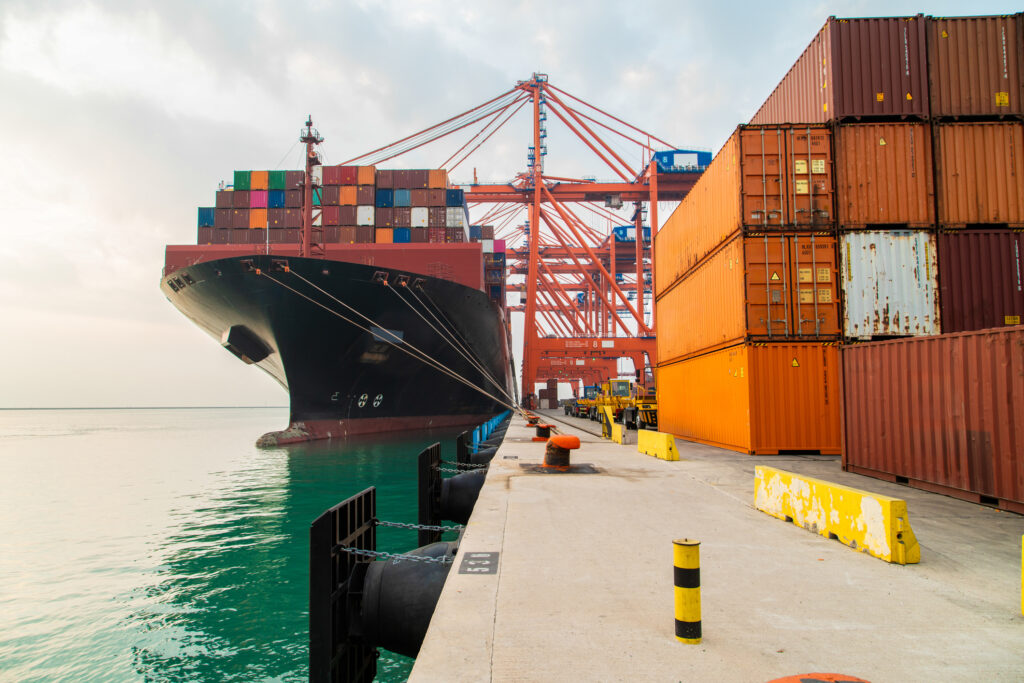
Right now, container shipping capacity is growing faster than demand. On paper, that sounds like good news—more space, more options, lower rates. But in practice? It usually means rate swings, pulled sailings, and service you suddenly can’t count on.
Forecasts for 2025 show the global container fleet growing nearly 5%, while demand lags behind at around 3–4%. That kind of imbalance puts carriers in a tricky spot—and when they react, exporters feel it. We’re already seeing sailing cancellations, vessel reshuffling, and inconsistent schedules that throw supply chains off track.
To stay ahead, exporters should be asking:
- Can we adjust our routes quickly if carriers pull or consolidate services?
- Do we have access to inland storage or transloading to absorb port-side delays?
- Are we getting real-time updates when ETAs shift, or are we just hoping for the best?
These aren’t hypotheticals—they’re operational questions that keep shipments moving when the market gets choppy.
At WTC Group, we’ve built systems to support exactly this kind of flexibility. From inland buffer capacity in Edmonton to adaptive routing strategies and live updates through our ShipSmpl platform, we help clients stay responsive when the usual schedule goes out the window.
Because when reliability is uncertain, agility is everything.
Port Congestion: Why Routing Isn’t a Set-It-and-Forget-It Decision Anymore
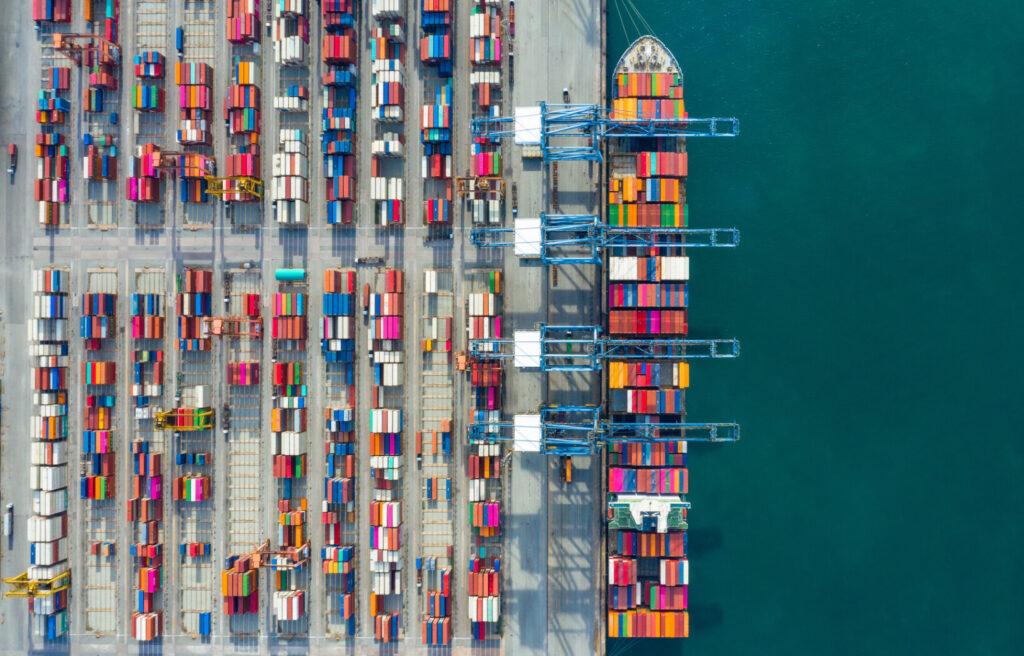
Even with all the tech in the world, you can’t force a ship through a jammed-up terminal. And lately, we’re seeing congestion flare up at a few key West Coast ports—Vancouver included. For Canadian exporters, that’s not just annoying. It throws off everything from delivery timing to container availability for the next load.
What’s changed in 2025 is how exporters are responding. The days of locking in a preferred port and just hoping for the best are over. Instead, logistics teams are building routing strategies that can flex—based on real-time port data, inland capacity, and carrier performance.
Here’s what that looks like in practice:
- Shifting between ports like Vancouver and Prince Rupert, depending on congestion and carrier schedules.
- Using transload facilities near the port to get goods out quickly and move the empty containers back faster.
- Monitoring live port conditions (dwell time, berthing delays, etc.) to make smarter dispatch decisions.
Exporters who can’t see these variables often end up stuck—paying extra demurrage or scrambling for backup plans last minute.
That’s why we’ve built routing flexibility into our core operations. WTC’s inland hubs, local partnerships, and real-time visibility tools help our clients steer around slowdowns instead of waiting them out. Combined with the live updates available through ShipSmpl, we help turn routing into a competitive advantage, not a liability.
Final Thought: The Edge Goes to Exporters Who Stay Nimble
Things change fast in container shipping—routes shift, ports clog up, and carriers pull space without warning. Exporters who stay competitive are the ones who can pivot quickly, stay visible across their supply chain, and make decisions based on real-time information, not guesswork.
That’s the kind of support we offer at WTC Group. From smarter routing and inland flexibility to digital tools like ShipSmpl, we help Canadian exporters keep shipments on track and customers happy.
Want to take the uncertainty out of your logistics plan? Let’s talk. We’ll help you build a container shipping strategy that works under pressure—and keeps working when the market moves.
